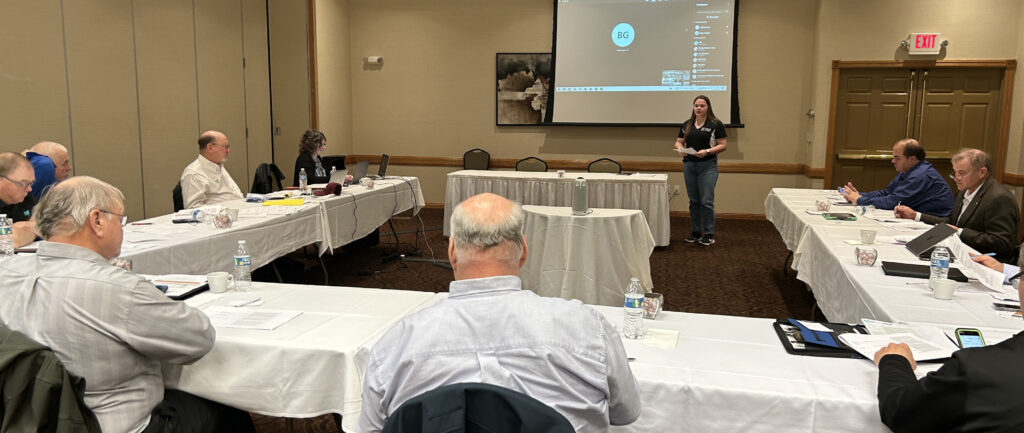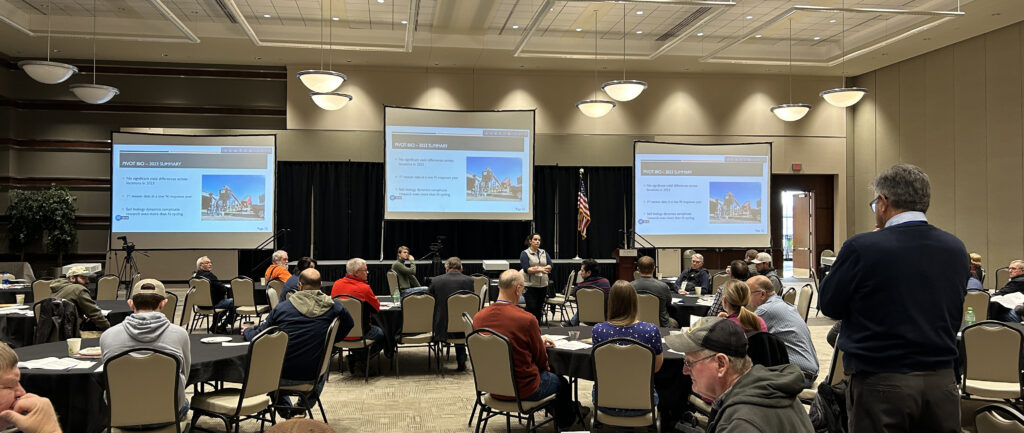Minnesota soybean farmers now have another device at their disposal for targeting soybean aphids, after the Environmental Protection Agency (EPA) recently approved foliar application of Flupyradifurone (Sivanto™ Prime from Bayer).
Flupyradifurone is a systemic insecticide for many horticulture operations and broadfield crops and the first member of the butenolide class of insecticides.
According to the Minnesota Department of Agriculture, Sivanto, when used at labeled rates, show no long-term impact to bee colonies.
Flupyradifurone’s mode of action acts on the central nervous system of target insect pests as an agonist of the nicotinic acetylcholine receptor. It provides effective control of major sucking pests, and is currently used in the southern United States on many crops to control aphids and whiteflies.
The EPA has also registered flupyradifurone for foliar, soil drench and chemigation uses on certain berries, cereal grains (except rice), alfalfa, clover and many vegetables.
Flupyradifurone was inspired by a naturally-occurring plant chemical stemofoline, a derivative from Stemona japonica. It is registered for use on soybeans for seed treatment only and is not registered for residential uses.
David Kee, Minnesota Soybean’s director of research, says Flupyradifurone may have a noticeable impact on the fight against soybean aphids, though he cautions the full extent of Sivanto’s capabilities of controlling soybean aphids remains unclear.
“Flupyradifurnone has a lot of potential for soybean growers,” Kee says. “However, there is extremely limited information available on its effectiveness for controlling soybean aphids in Minnesota.”
In 2015, Bruce Potter, Extension Integrated Pest Management Specialist at the University of Minnesota, conducted the only known Minnesota-based flypyradifurone/soybean aphid control study using Sivanto at two rates (4.0 and 7.0 oz./acre), compared to a pyrethroid (bifenthrin), sulfloxaflor and an untreated control.
At nine days post-treatment, both Sivanto treatments had fewer soybean aphids than the control and behaved similar to sulfoxalor. Like pyrethroids and sulfoxaflor, flupyradifurone will also require thorough spray coverage for control into the soybean canopy.
“While these results are encouraging,” Kee says, “more Minnesota-developed information is needed before we will be confident in the performance of foliar-applied flupyradifurone for controlling soybean aphids.”
David Kee is the director of research at Minnesota Soybean and can be reached at david@mnsoybean.com or 507-388-1635.







